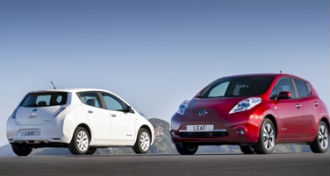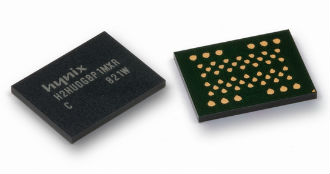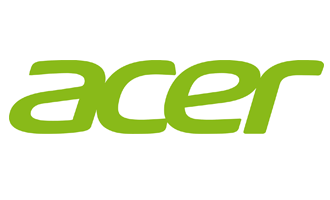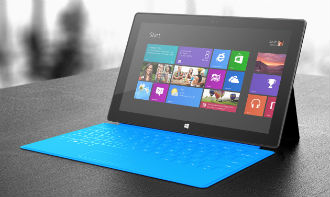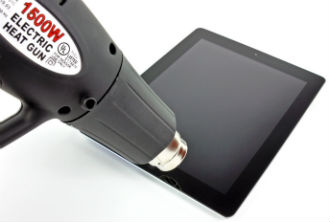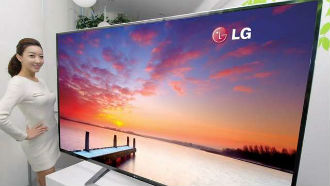 Worldwide tablet sales continued to surge, growing 142.4 percent in the first quarter of 2013.
Worldwide tablet sales continued to surge, growing 142.4 percent in the first quarter of 2013.
According to IDC’s latest figures, tablet shipments totalled 49.2 million units in Q1, surpassing the first two quarters of 2012 combined. It seems growth is now being fuelled by smaller and cheaper devices.
Since small and cheap tablets are almost exclusively powered by Android, Google’s once fledgling mobile OS is starting to overtake Apple, and we might see a repeat of the smartphone wars. However, Apple is not going anywhere anytime soon. It still managed beat IDC’s latest projections, shipping 19.5 million iPads, 800,000 more than the original forecast and up 65.3 percent compared to a year ago. Samsung also did well, piggybacking the success of its Galaxy series phones with Galaxy branded tablets. The Korean giant shipped 8.8 million tablets, up 282.6 year-on-year. Asus shipped 2.7 million, up a whopping 350 percent in a single year.
Amazon ranked fourth, with 1.8 million units shipped and 157 percent YoY growth. Not exactly a bad result, but then again Amazon really doesn’t have much to show for all its Kindle Fire hype. Good old Microsoft sold just 900,000 Surface tablets, which are still struggling to become relevant. Worse, total Windows tablet sales, including the Surface RT, Surface Pro and all other tablets based on Windows RT and Windows 8 totalled just 1.8 million units.
The numbers clearly show that most growth is coming from Android tablets. Although Apple is still growing at an impressive pace, the market is slowly becoming saturated with inexpensive droids. The combined Android market share stands at 56.5 percent, while apple is down to 40 percent.
This is nothing new, we saw the same trend in the smartphone market a couple of years ago and it worked like a charm. By flooding the market with cheap 7- to 8-inch Android tablets, Google might pull it off in the tablet space as well, although it still has a long way to go.



